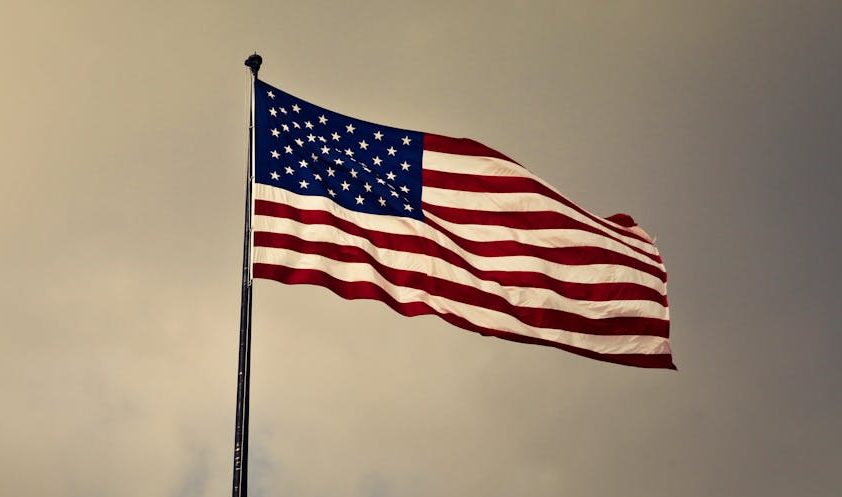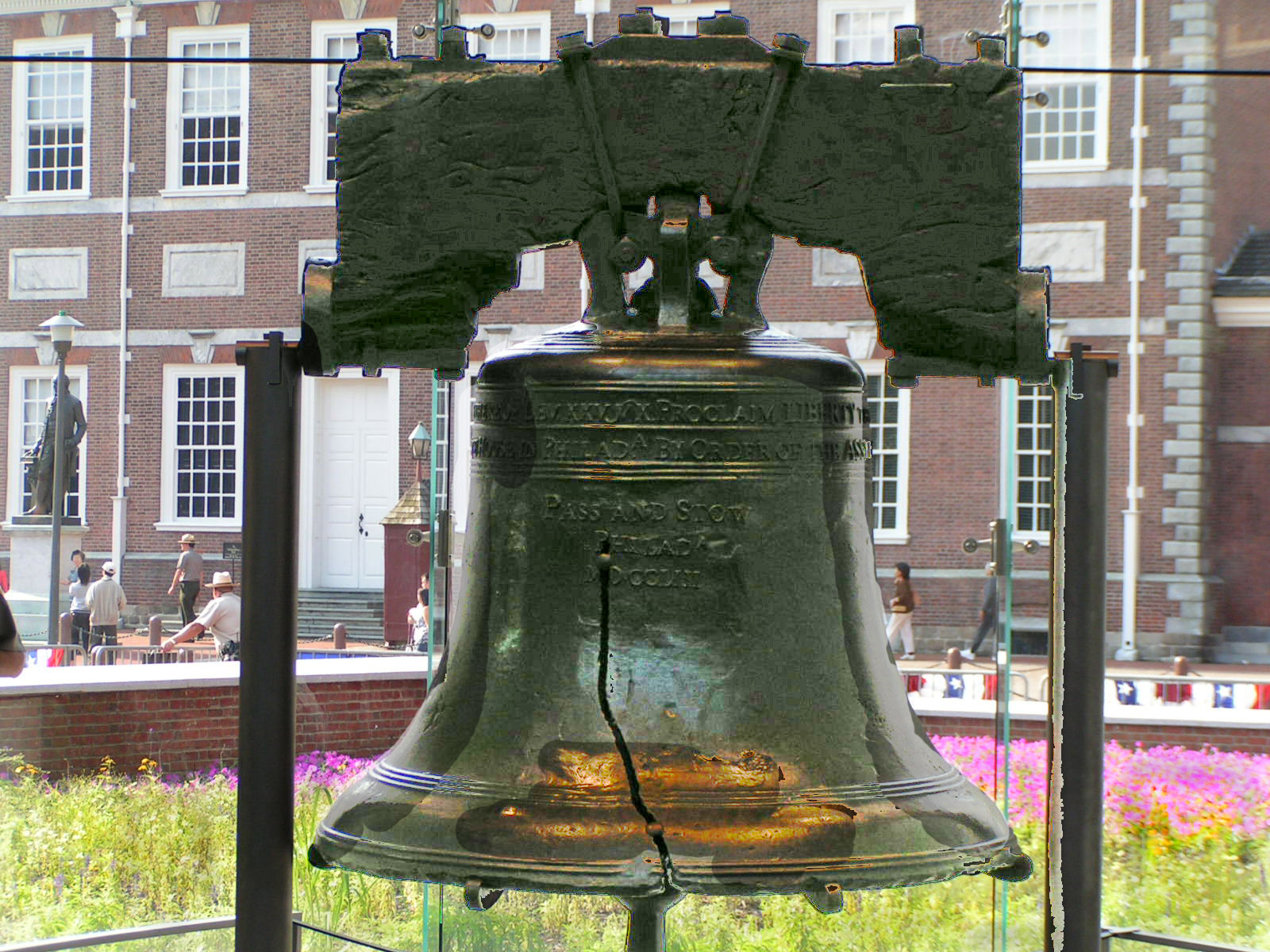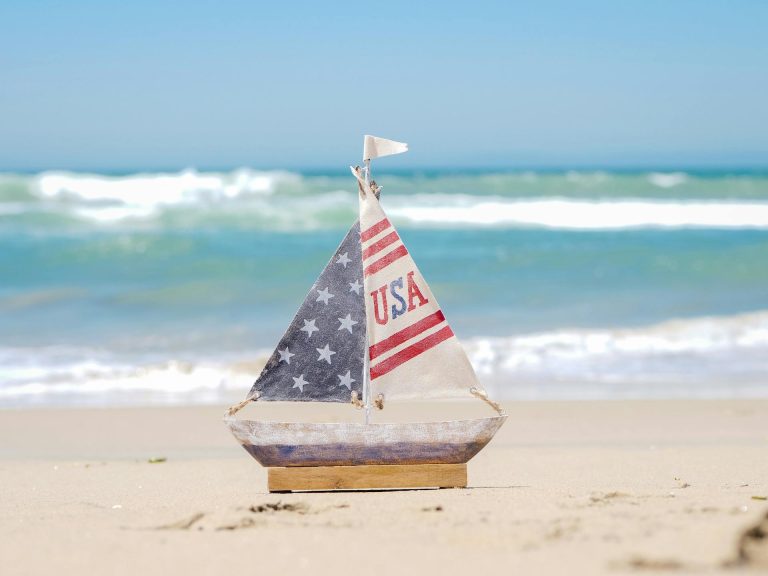The Fourth of July is a patriotic national holiday where Americans of all sorts unite in the name of freedom. Across the US, we commemorate our country’s independence from England with events ironically inspired by celebrations for the King’s birthday — processions, ringing of bells, and fiery displays.
From dates to dogs, there are many surprising oddities associated with this national holiday, adding a little seasoning to the savory flavor of freedom. As you prepare for your annual gathering this year, collect some fun facts to share with your friends and relatives.
Did you know?
The Fourth of July was a disputed date.

While Independence Day is officially celebrated on the Fourth of July, the Continental Congress had already voted and declared independence two days earlier, on July 2, 1776. The Declaration of Independence, however, which had been submitted for review on June 28, was not published until July 4, after various members of Congress contributed to editing, and a professional calligrapher had rewritten it.
John Adams, our first Vice-President and second President, and one of the signers of the Declaration of Independence, felt so strongly about the true date of Independence being July 2 that he refused to participate in July Fourth celebrations right up to his death on July 4, 1826.
The Statue of Liberty was a monumental and symbolic gift.

The Statue of Liberty was presented to the US minister to France in Paris on July 4, 1884, to commemorate our lasting democracy and independence, as well as the abolition of slavery.
Success
You are now signed up for our newsletter
Success
Check your email to complete sign up
In order to send it to the United States, the 450,000-pound statue was disassembled into 350 pieces, which were packed onto the French frigate Isère. The naval ship arrived in New York Harbor nearly one year later, on June 17, 1885, where it was met with great fanfare.
The reassembled Lady Liberty was the guest of honor at a dedication ceremony October 28, 1886, where President Grover Cleveland declared, “We will not forget that Liberty has here made her home; nor shall her chosen altar be neglected.”
It took 165 years to make the Fourth a national holiday.

Directly upon the first readings of the Declaration of Independence in 1776, festivities commenced — including bonfires, parades, and the firing of muskets. The event quickly became an annual cause for celebration, with fireworks being introduced the following year in both Philadelphia and Boston.
Massachusetts was the first to declare the date a state holiday in 1781, but the Fourth of July wasn’t declared a federal holiday until 1941.
We eat an unbelievable amount of hot dogs.

Americans spend around 9 billion dollars on food for this popular family holiday.
It may be no surprise that the top menu choices include sweet corn, watermelon, hamburgers and hot dogs (of which we consume about 150 million each July 4 — enough to span the length of the US five times). What is somewhat curious, however, is the fact that Americans buy about 75 percent more buns than dogs!
More curious still, is the annual hot dog eating contest at Nathan’s in Coney Island, where contestants consume as many as possible within 10 minutes. Joey Chestnut holds the record for an astounding 75 hot dogs, including buns!
The Fourth of July is one of the few times the Liberty Bell is used annually today.

The liberty bell, oddly enough, predates our liberty. First installed in 1751 as the Pennsylvania State House bell, it served mainly to structure the political schedule each day, but also to mark significant events.
Popular legend says that it was rung on July 4 after the signing of the Declaration of Independence, but this is unlikely since the event was not made public until July 6, when it was printed in the Pennsylvania Evening Post.
The inscription “Proclaim LIBERTY Throughout All the Land Unto All the Inhabitants thereof.” is a quote from the Bible that wraps around the circumference of the bell; but the iconic clapper was not referred to as the Liberty bell until 1835, by Abolitionists.
The bell has a long history of cracking. The first crack occurred almost immediately and the bell was recast. The new bell cracked in the early 1840s, and was repaired with bolts. This made the crack very obvious, but it prevented the two sides from vibrating against each other. The bell was retired after another fracture developed when ringing on Washington’s birthday in 1846.
Today the bell is mainly a tourist attraction, attracting 2 million visitors annually. It is also used ceremonially on July Fourth, when descendants of the signers of the Declaration of Independence tap the bell 13 times for the original 13 colonies.
To hear how the original ring might have sounded, visit the National Park Service’s Sound of the Liberty Bell.
What makes this holiday a blast, also makes it dangerous.

The earliest fireworks began around 2000 years ago in China, where they were traditionally used both to scare off evil spirits and celebrate grand occasions. The custom spread to Europe, where firework technology advanced remarkably.
This Fourth of July we will spend an estimated $2.3 billion on fireworks — which includes many large municipal displays as well as personal entertainment. Some 10,000 people suffered injuries from fireworks last year, which marks a steady decline since 2020, when nearly 16,000 people were injured.
In comparison, we are expected to spend $4 billion on wine and beer. Considering the fact that 70 million people will be driving significant distances to and from their destinations, we would be wise to remember that with independence comes responsibility. Please use good judgment to stay safe this Thursday, and every day.







